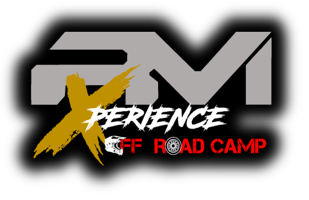Decidí a realizar este curso dado que aunque tenia algo de experiencia haciendo off quería coger soltura y lo recomiendo al 100%, Monje el instructor se adapta a cada uno y te va ayudando a evolucionar sin que te des cuenta, explicándote cada paso que das para que lo comprendas y lo interiorices de la forma más adecuada para que no te satures.
La única pega que le puedo poner es a las instalaciones, dado que, en nuestro caso fue un día que aun hacia bastante calor y el sol nos castigo mucho acelerando el cansancio y la fatiga, deberían de colocar un toldo o carpa fija para los momentos explicativos de teoría poder guarecerse del sol.
Tengo claro que en un futuro repetiré haciendo el CAMA para seguir mejorando con la ayuda de Monje.
Cogimos el curso de regalo para nuestro hijo de 7 años. Y Tras la realización nos ha indicado que, ojalá poder volver y realizar el curso avanzado. Ha quedado contentisimo, mil gracias a Jose el instructor y Ricky tambien, por hacer tan ameno el curso. Son super atentos y cercanos con los niños. Nos hemos quedado con ganas de mas.
¡HASTA LA PRÒXIMA!
Ha sido una buena experiencia de iniciación. Los niños se introducen en el mundillo desde la experiencia de un atento instructor. A merecido la pena.
El curso one to one con Monje es una maravilla. Sabe sacar lo mejor de cada piloto y consigue que al final de la jornada se consigas hacer cosas que no pensaban jamás. Muy pero que muy recomendable.
Clase personalizada, entretenida y muy didáctica, ya que casa explicación iba razonada. Un espectáculo de cursos.
He comprado este curso basandome en las reseñas e incluso he conducido desde Valencia para poder tomarlo. Ha valido cada euro y kilometro hecho. Monje es el mejor instructor con el que te puede topar, cada cosa que indica viene con una explicación detallada del porque hacerlo y como. He aprendido mucho mas de lo que esperaba, me he quitado todos los miedos, bloqueos mentales e inseguridades. Ahora solo queda practicar hasta alcanzar el nivel requerido para poder tomar el siguiente nivel. Muchas gracias, Monje!









